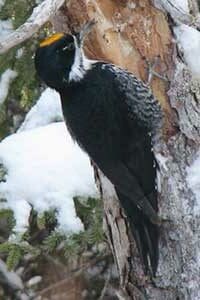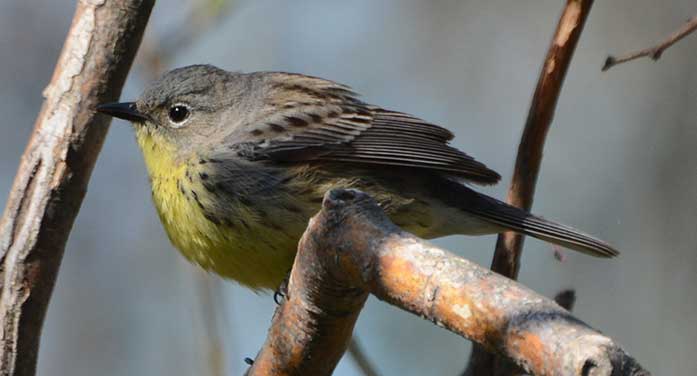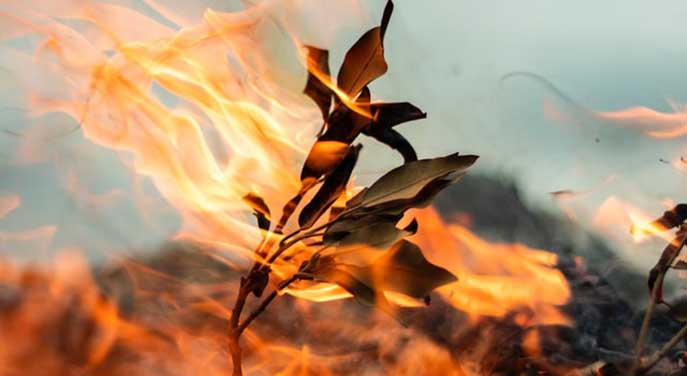 The media is abuzz with the devastating wildfires in western and central Canada and across parts of Europe. Tens of thousands of hectares and countless lives and families have been impacted.
The media is abuzz with the devastating wildfires in western and central Canada and across parts of Europe. Tens of thousands of hectares and countless lives and families have been impacted.
As you read on, please don’t think for a moment that I’m uncaring for those affected. But is there an upside to these fires as far as nature is concerned?
From the perspective of wild things – plant and animal – fires have been a reality since the glaciers receded from our land. Over time, nature has adapted and thrived.
When we came onto the landscape, we didn’t – for the most part – understand the intricate environmental relationships that preceded us. For example, when forests are allowed to grow to and beyond maturity, they actually become much weaker than if some form of harvesting is done.
Unlike the fire suppression and broad sweeping forest clearing that humans think is best, Fires are a form of selective harvest overseen by Mother Nature. Human-driven techniques are counterproductive for the most part and lead to monocultural landscapes rather than the diverse web that nature created.

A black-backed woodpecker
For example, without forest fires, jack pines couldn’t thrive. These trees need fire to open their cones to start the next generation. Jack pines serve many purposes, among which is the fact that, without them, we likely wouldn’t have Kirtland’s warblers. These birds need pines of a certain age to provide their breeding habitat, and fire makes sure this is available.
Many other species of plants emerge as fire moves across the landscape. We’ve all heard of successional forests, where the meadows gradually move from grassland to mature forest over many generations. This isn’t a simple process and, as the forest develops, the landscape changes. New plant species come and go, and everything from bugs to birds change as the landscape matures.
Fire is a means to accelerate this process. In a short time, the canopy is opened, sunlight gets to the understory, and plants spring up from the apparently barren landscape. Fireweed is among the first flowers to emerge but, within weeks, other plants that weren’t seen in the area sprout and thrive. This means new vital habitats for everything.
The fires have destroyed the homes of many species, but as long as there’s habitat in the proximity, they will move to it and, more importantly, other species that might have been habitat-limited now have a new home to come to. The lost young and nests of breeding species is a sad outcome but, in healthy environments, wildlife can survive as the pool of individuals is still large enough to offset the losses.
One unusual outcome of the fires is that not all species just move to adjacent lands. Some species will move several kilometres and, in some cases, vast distances looking for new homes. This can encourage a range expansion for some species as these pioneers may find a new place to thrive, far from their traditional grounds. This leads to better genetic diversity as in-breeding is no longer a possibility due to distance.
Sometimes an insect pest has become so overwhelming to a local forest that the trees are doomed to die. But without fires, it takes much longer for the nutrient resources in the dying trees to be recycled back into the environment.
If fire doesn’t impact these zones where the trees have been killed by such pests as spruce budworm, the standing trees become tinder and, when ignited, will catch fire rapidly. The raging inferno can’t be controlled in many cases.

A Kirtland’s warbler
This is in part what’s happening in parts of the world now. Had smaller fires occurred over time, the trees would still burn, but the area impacted would be smaller because the fires would be smaller.
In the example above, the advantage of fire is twofold: it kills the insect pests and recycles the nutrients bound in the trees much more quickly. Another bonus is that new insects invade the charred carcasses of the trees and many birds such as woodpeckers thrive on the bounty.
In northern Ontario, I recently visited a burn site. A fire occurred here two years ago, and the number of woodpeckers using this new open habitat and feeding on the insect larvae deep inside the trees was amazing.
So fire opens up the forest floor and allows the recycling of nutrients to the benefit of all forest dwellers.
The information presented here represents just a glimpse into the many benefits of fires. Nature is a compelling survivor, and the better we learn to live within her model, the better we all will be.
Geoff Carpentier is a published author, expedition guide and environmental consultant. Visit Geoff online at www.avocetnatureservices.com, on LinkedIn and Facebook.
The views, opinions and positions expressed by columnists and contributors are the authors’ alone. They do not inherently or expressly reflect the views, opinions and/or positions of our publication. © Troy Media
Troy Media is an editorial content provider to media outlets and its own hosted community news outlets across Canada.

